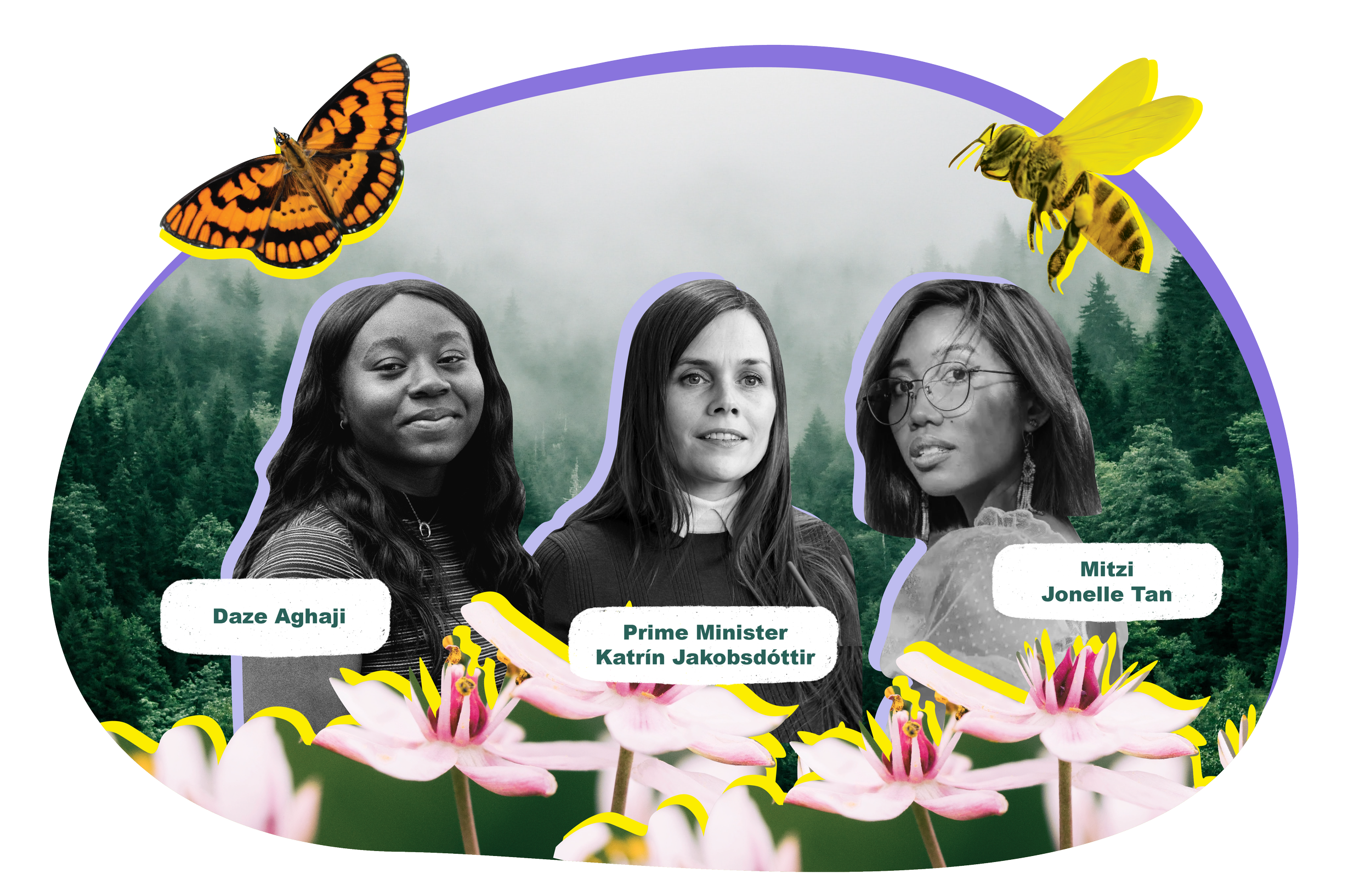
Introducing the Climate Anxiety Discussion Guide
The climate and ecological crisis is the greatest threat facing our planet today. As an educator, you have a unique opportunity to equip young people with the tools to take action. You also have a unique responsibility to safeguard their mental health and wellbeing: a growing concern in light of the rise of climate anxiety.
This 4-module discussion guide has been designed by a group of young people trained in talking about climate anxiety. The aim of it is to help you facilitate conversations about the climate crisis while safeguarding young people, navigating strong feelings, and fostering emotional resilience.
How do I use this guide?
Watch episodes 1 and 2 of Seat at the Table: Let’s Talk About Climate Anxiety.
Check out the video below, explaining the purpose of this guide.
Download the Discussion Guide and dive right in!
What’s this for?
We created this guide to help educators, parents, guardians and community leaders facilitate conversations about climate anxiety with young people. We designed it in collaboration with the creators of Seat at the Table: Let’s Talk About Climate Anxiety, a 2-part series which you can now watch here.

The change-makers behind this guide
We created this guide in partnership with the creators of the Seat at the Table series, including Earthrise, YouTube Originals and Silverback Films. Both episodes feature change-makers such as Scarlett Westbrook, Daze Aghaji, Jack Harries, Mitzi Jonelle Tan; leaders including Icelandic Prime Minister Katrín Jakobsdóttir; and climate psychology experts Caroline Hickman and Anouchka Grose.
These trailblazers also contributed exclusive content to the Discussion Guide.
More FAQs…
-
This is a discussion guide designed to help educators support children and young people navigate climate-related emotions. It may also be used by parents, legal guardians and community leaders.
-
The activities in this book have been designed for children and young people aged 12-26 - but of course, climate anxiety can affect people of all ages.
-
We suggest that you first watch parts 1 and 2 of Seat at the Table: Let’s Talk About Climate Anxiety, available here. Then, set aside a 60 minutes session to facilitate each module: this includes your viewing time of any supporting video content embedded in the plan, the video highlights from Seat at the Table: Let’s Talk About Climate Anxiety, and time for classroom activities. Given that there is a lot of content for participants to digest, we suggest that you do 1 module per day, and follow the intended order.
-
This discussion guide covers sensitive themes and interviews that some people might find distressing. We have included trigger warnings where appropriate, and trust you — the facilitator — to review the content ahead of time and determine if there are any elements you deem inappropriate or require greater sensitivity.
-
We suggest a minimum of 6 participants, to encourage conversation and a maximum of 30 participants. If you have more participants, we suggest breaking into smaller groups for reflection activities to ensure that everyone has the opportunity to share if they wish.
-
As an educator, alongside your teaching responsibilities, you also have a unique responsibility to safeguard the mental health and well-being of students. In order to do this, you must be able to identify and regulate you own emotions. While we will continually encourage you to model vulnerability to children and young people, we also encourage you to take the time to understand and modulate your own climate-related emotions.
Within the Discussion Guide, we've compiled a list of resources and organisations to support you should you encounter distressing thoughts, emotions or mental health concerns - both in yourself and in the children and young people you seek to support.
If at any point you feel that it is not safe or productive to continue with discussions, please stop the activities. As an educator, it is imperative to review the mental health resource section before going through the modules, and have your own safeguarding plan in place in case the need arises.
Invite Force of Nature to deliver a workshop to your school or university
Our student programmes, curriculum support and teacher resources help educators foster the next generation of leaders: responding to their students’ emotional needs, helping them mobilise mindsets for action, and increasing their impact as change-makers.


